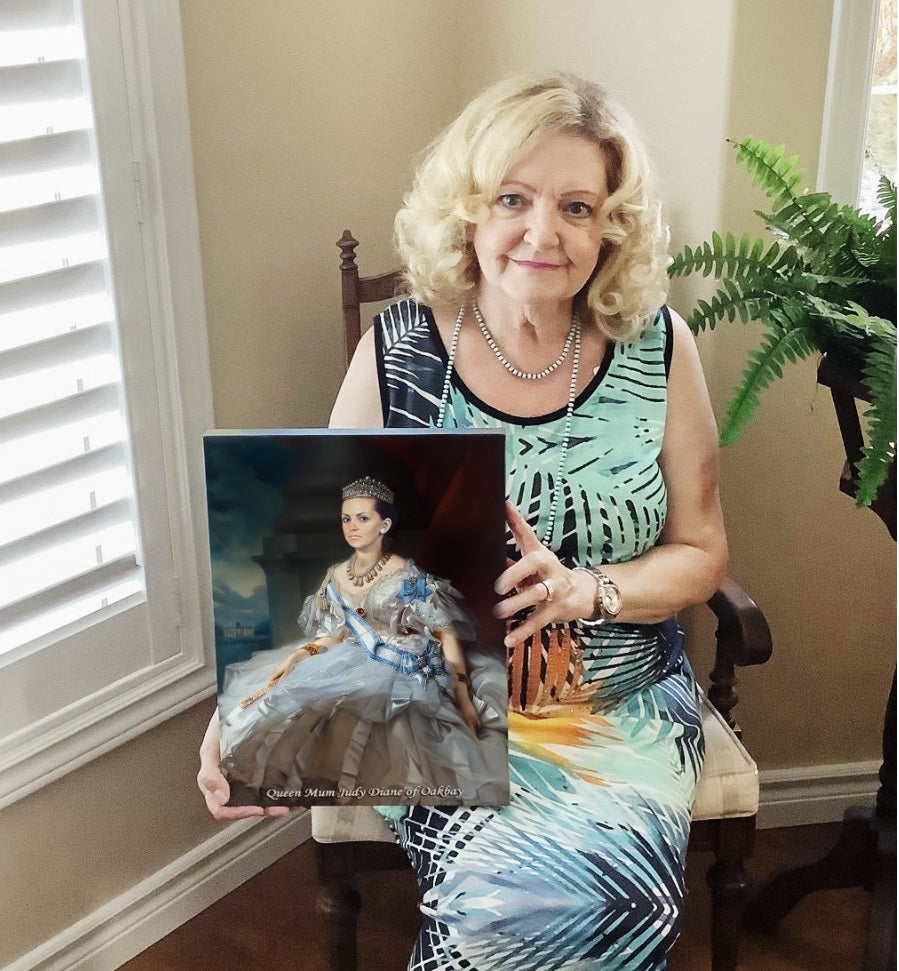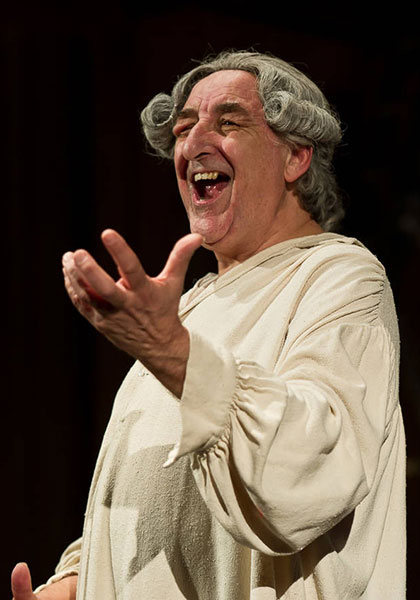

Each portrait tells an important story about the sitter’s personality, values and taste. The exhibition explores the relationship between the British monarchy and portraiture, featuring some of the most famous paintings in the world by painters including Hans Holbein and Andy Warhol and spanning five royal dynasties. “Royal portraits were used as diplomatic gifts where they clearly expressed allegiance and loyalty or were important statements of eligibility and fecundity used in marriage negotiations between European royal houses.” “From their very origins, royal portraits have served different functions and have been adapted to meet particular needs,” says Kristian Martin, co-curator of the exhibition Tudors to Windsors: British Royal Portraits at London’s National Maritime Museum in partnership with the National Portrait Gallery. Beyond demonstrating money and rank – and capturing a likeness – portraits became a way to shape how monarchs were perceived by their public. Having a painting of oneself is a regal rite of passage, a tradition that has been upheld generation after generation for some 500 years. Credit: National Portrait Gallery, London For some 500 years, portraiture has been one of the most important insights into a monarch’s role, as a new exhibition of royal portraits reveals Words: Martha AlexanderĪs displays of royal power go, jewellery, ships, armies, colonies and palaces have their place but perhaps it is portraits that are the ultimate tool – both status symbol and personal publicist.

ArtUK.'Queen Elizabeth I' ('The Ditchley portrait') by Marcus Gheeraerts the Younger c.1592. John Wonnacott, Royal Family, 2000, National Portrait Gallery, London, UK. Critics might say that this is one of the richest and most pampered dynastic families in the world, who luxuriate in their royal plunder while many of the ordinary children of Britain fail to thrive in conditions of poverty and neglect. The mirror artfully recreates this wealth into infinity behind them. This is an opulent palace massed with gold, brocade and priceless treasures. But gaze into the background and you will see that this is nevertheless no ordinary family snap. It seems like the kind of snap that could be captured at any family gathering – Grandma with the youngest babe on her lap, older grandchildren standing rather awkwardly and self-consciously, moreover the comedic little Miss bossy boots hauling up Grandma’s oversized handbag. In this official photograph, the oldest and newest generations of royals smile together for the camera. Look at this beautifully arranged portrait of the young Queen Victoria, her beloved Albert, and their five children.Īnnie Leibowitz, The official photograph to celebrate the Queen’s 90th birthday, 2016, London, UK. The security of the dynastic line is emphasized as we begin to see the royal family pictured – husbands, wives, and children. These props evidently give us all kinds of clues and narratives about the lives of the Royals. We also begin to see more of their homes, their land and their wealth. And perhaps most importantly for a modern audience, their eyes finally meet ours.Īrmada Portrait, 1588, Woburn Abbey, Bedfordshire, UK. Objects with symbolic meaning are often included. Now we see more of their body, their clothes, and their surroundings. Around the 1500s the sitter starts to turn towards us, the viewer.

In Western art, scholars believe portraiture begins with the ancient Egyptians’ stylized profile portraits, continuing through the Greeks to the Romans. Painted portraits have historically been the privilege of the great and the good (and perhaps the not-so-good!). Royal portraiture is a centuries-old tradition, but it might be called the forerunner of the posed selfie – an artfully curated image that is meant to promote and aggrandize the subject.


 0 kommentar(er)
0 kommentar(er)
